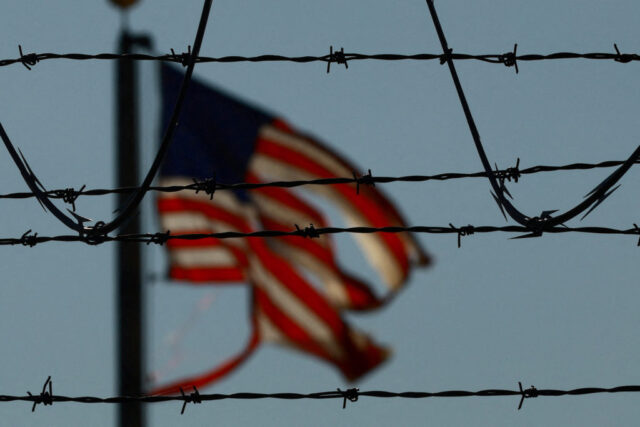Amna Nawaz:
Besides an order sending 1,500 active-duty troops to the Mexican border, late today, the Defense Department announced it had been tasked with supporting the Department of Homeland Security’s deportation flights and assisting in the construction of temporary and permanent physical barriers along the border.
For a perspective on all of this, we turn now to retired Rear Admiral James McPherson. He served as undersecretary of the Army and as the Army’s general counsel during the first Trump administration. He also had a 25-year career in the Navy, serving as its top lawyer in uniform.
Admiral, welcome back to the “News Hour.”
So, the plans, as has been laid out so far, for the active-duty troops at the southern border and in support of these deportation flights, do you view that as an appropriate use of the military?
Rear Adm. James McPherson (RET.), Former U.S. Undersecretary of the Army: Well, thanks, Amna.
It’s not unusual. We have had the military on the border since the 1990s. They have always been in a support role, that is, supporting Customs and Border Protection or the Border Patrol, through transportation, through medical support, through communications, through surveillance. They have never been involved directly in law enforcement, that is, enforcing immigration laws by apprehending, arresting, interrogating individuals that are captured attempting to come across the border.
It’s my understanding that this current deployment will keep with that current — that previous mission. In other words, these troops will be in support of Customs and Border Protection. They will not be engaged in law enforcement.
Now, that may change dramatically in the days to come based upon the executive orders that the president signed Monday afternoon.

















































